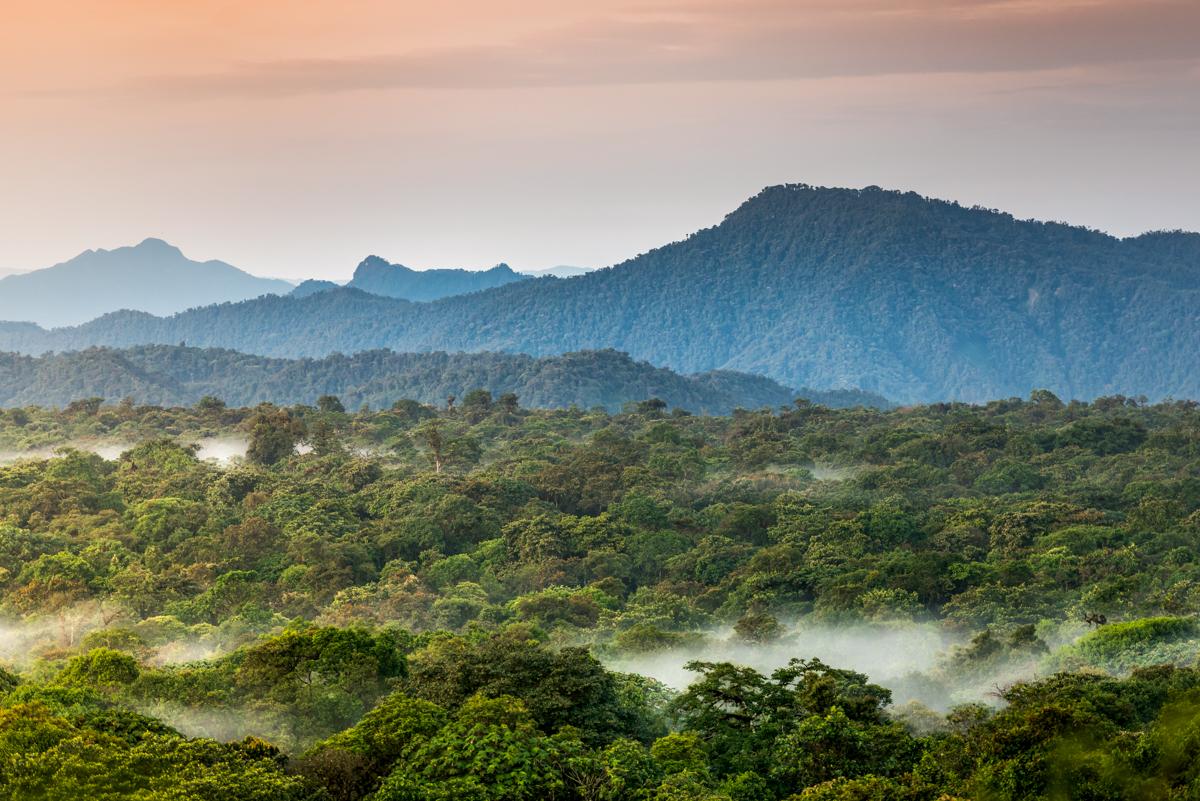Ten years ago governments across the world came together to pledge their commitment for biodiversity, setting out on a Strategic Action Plan to deliver the Aichi Biodiversity Targets. Ten years later, we stand at another cross-roads, setting our sights ahead for a 2050 global vision for nature, but the circumstances under which we make this commitment are far too grim.
Caught in the persistent grip of the novel coronavirus pandemic for more than a year, countries are contending with second, third, fourth waves and subsequent lockdowns. With greater, more unprecedented tolls to lives and livelihoods, the pressure of forging a speedy socio-economic recovery is more prescient than ever. Yet so is the awareness of the immense value that nature gives us. Over the last year we may have been encouraged by the silver linings of species returning, cleaner air and clearer skies all around. Sustaining them in this COVID-19 recovery, will require us to radically transform our actions.
According to a recent report by the Intergovernmental Science-Policy Platform on Biodiversity and Ecosystem Services (IPBES), the risk of pandemics and zoonotic diseases is increasing rapidly, driven by our persistent exploitation of the environment. An estimated 1.7 million viruses are yet undiscovered of which as many as 800,000 have the potential to infect humans. Land use change, in particular, with habitat loss, intensive agriculture and rapid urbanization, is said to cause more than 30 percent of emerging diseases. Set against the backdrop of fast evolving food crises, increasingly polluted waterways and the growing impact of climate change and extreme weather, any future pandemics like this one, will exact a heavy toll.
This year’s International Day of Biodiversity reminds us that “we are part of the solution”. The importance of the collective “we” has never been more pertinent. Nature’s frontline workers aren’t newly emerging but have been around for decades and can lead transformative solutions to how we manage biodiversity. Learning from them, harnessing their potential for concerted efforts and establishing effective partnerships will help us translate the post-2020 Global Biodiversity Framework into action. Here are five ways of doing it.
Build evidence at the national level: Translating global research and assessments into national and local contexts and cultivating a diverse and plural knowledge base full of multiple evidences is pivotal. UNDP is working with the UNEP World Conservation Monitoring Centre through the Biodiversity and Ecosystem Services Network (BES-Net) to help eight countries develop their own National Ecosystem Assessments that bring up-to-date, comprehensive and critical evidence about ecosystems around the pressing policy needs of the country. Colombia will launch its first National Ecosystem Assessment in the coming weeks, joining other countries in Latin America. The findings from the assessment, bringing over 110 experts together, will go towards informing policy, civic action and future research on ecosystems.
Include indigenous and local communities’ voices: At least a quarter of global land area has traditionally been owned, managed and used by indigenous peoples in a sustainable manner, including approximately 35 percent of protected areas. Any social compact for biodiversity moving forward needs to prioritize the active participation of indigenous peoples and local communities and protection of their knowledge, at every level. Strengthening legal frameworks to support indigenous and local peoples’ participation in the implementation of the post-2020 framework will be crucial. UNDP is working closely with UNESCO to ensure that indigenous and local knowledge can inform decision-making on biodiversity across countries.
Channel local knowledge and practice: Farmers, beekeepers small-holders and micro-entrepreneurs all play a critical role in tackling food insecurity, preserving local varieties and conserving diverse pollinator species. UNDP has pioneered the unique “Trialogue” methodology that seeks to bring these practitioners closer to the science-policy community, harnessing their knowledge and ability to innovate for conservation across regions. The aims to reframe our relationship with nature, through dialogue, sensory exploration and locally-driven solutions. Countries like Nigeria, have used this methodology effectively to pass a national strategic plan to protect pollinators in the coming year.
Tap the private sector’s potential: Implementing our commitment for Nature will require significant but necessary investments. According to the Global Biodiversity Outlook-5 and the Convention on Biological Biodiversity, investments towards conservation in the coming years will likely span anywhere between US$103 billion to US$895 billion annually. Transformational shifts in agriculture, food systems, industry and urbanization cannot take place without “nature-positive” private sector partnerships. Directing new investments, greening supply chains and influencing consumer demand, the private sector need to be more closely involved in conservation dialogues.
Cultivate policy leadership that is inclusive and evidence-based: While the world may have missed the mark on the Aichi Biodiversity Targets, there was some notable progress like the allocation of protected areas, integrating biodiversity targets in national accounting systems and more. Inclusive and evidence-led policy leadership is the need of the hour. As countries contend with greater pressures to recover faster and better out of these successive waves of the pandemic, it will be essential to ensure “green” fiscal stimulus packages and recovery plans and strategies tackle pressures on biodiversity, ecosystems and species.
There is no time to lose on the Implementation of the post-2020 global biodiversity framework and every passing year presents an opportunity for us. That will only be possible if we truly realize that each of us has a role to play and can be part of the solution.

 Locations
Locations